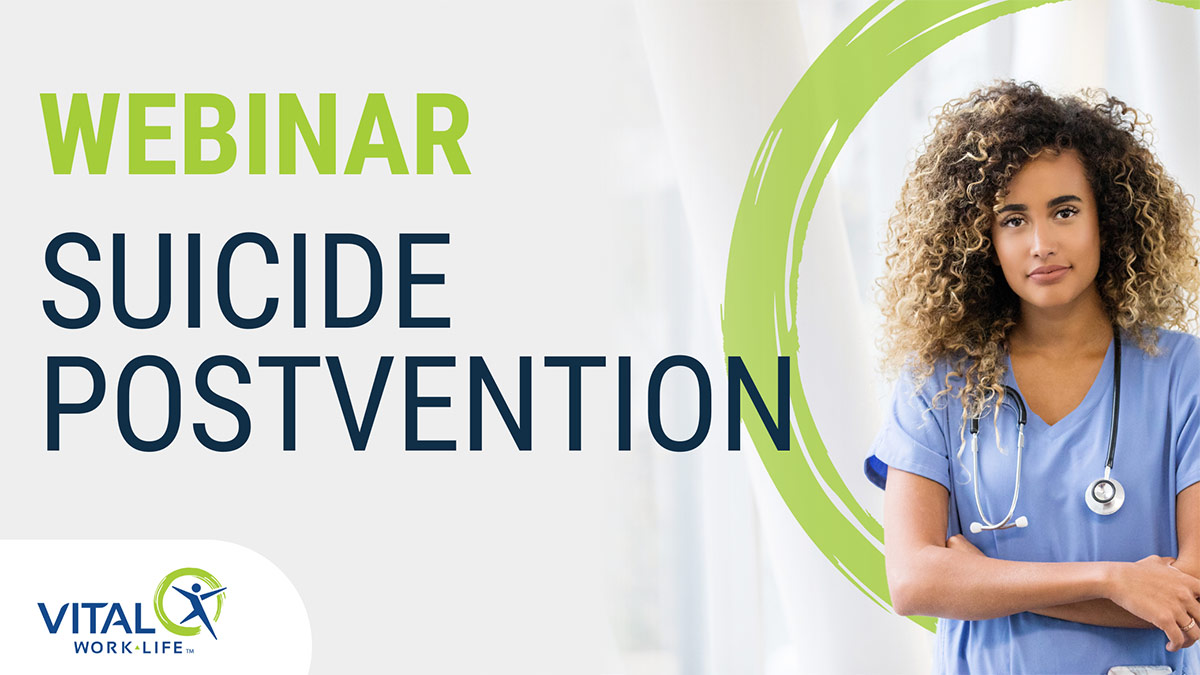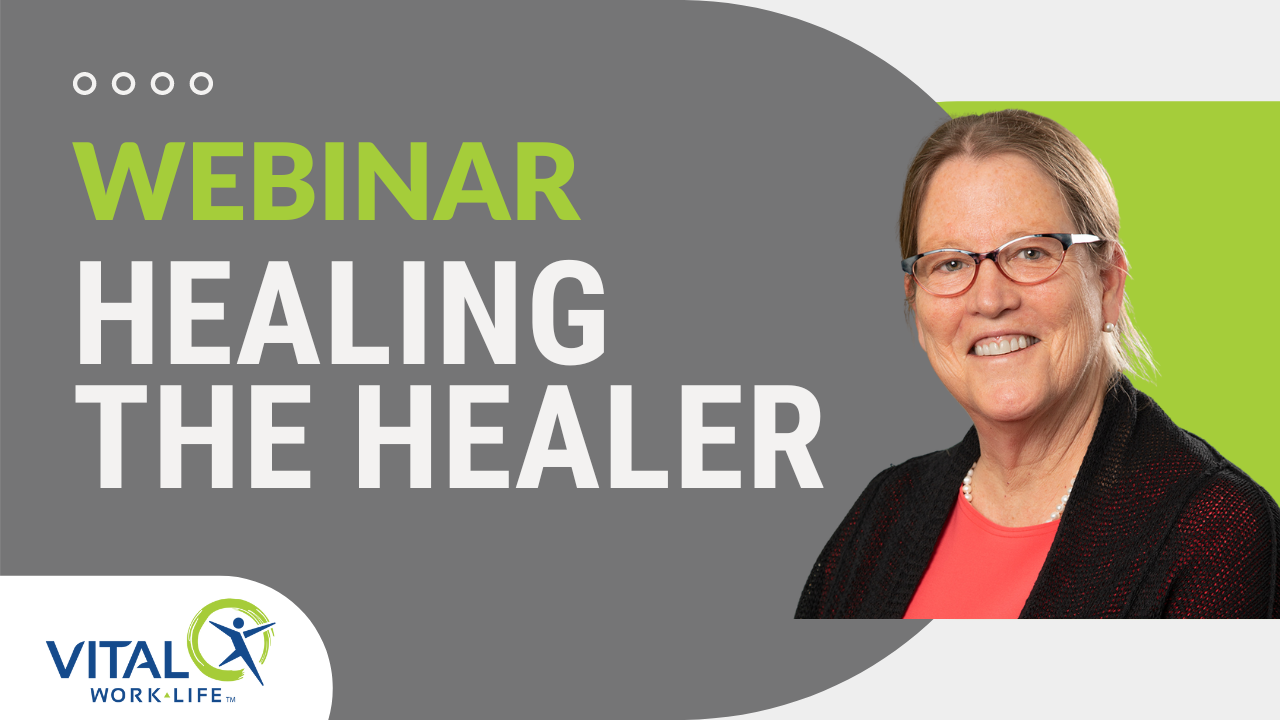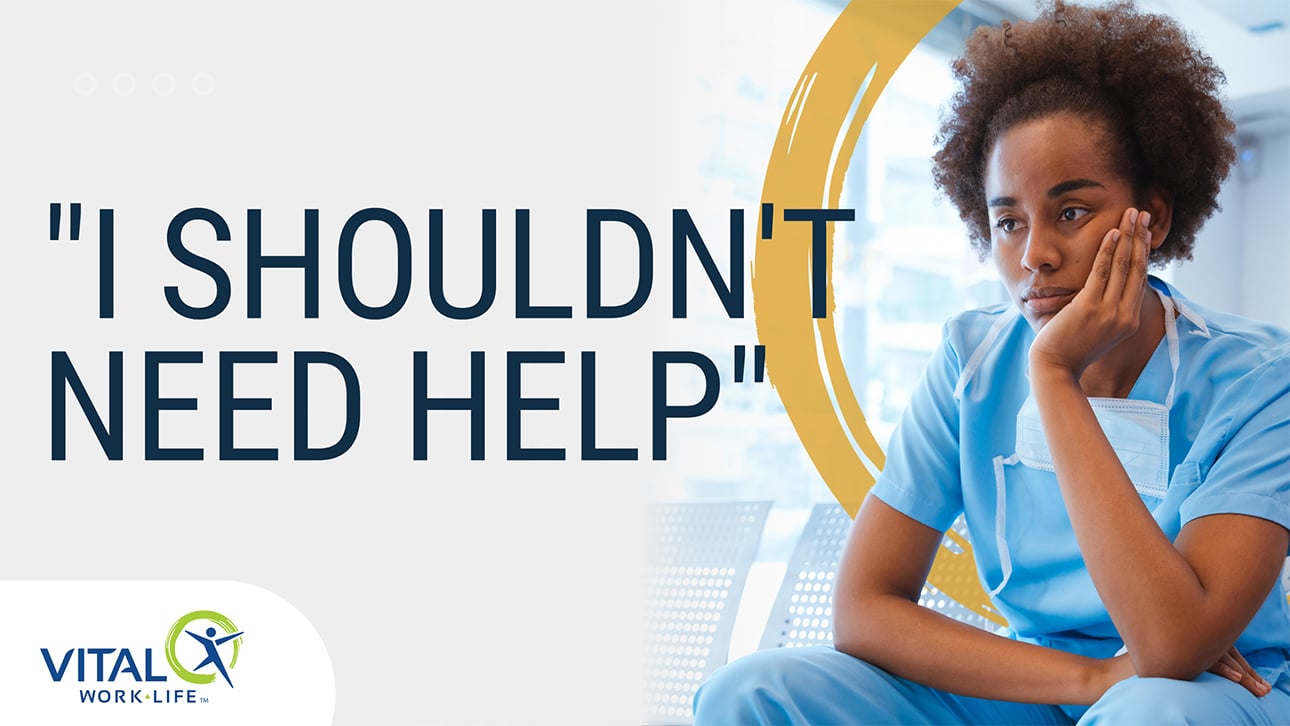Suicide is a concern for those working in healthcare, as they are often on the frontlines of dealing with the aftermath of suicide attempts and completed suicides. Although, healthcare workers may also be at higher risk for suicide themselves due to the stresses of their job, including long hours, high workload and exposure to traumatic events. It is important for healthcare organizations to prioritize suicide prevention and provide support for their staff to address this critical issue.
However, even when that support exists, medical professionals are in a unique position to not seek out or accept mental health help. Stigma for seeking help is real, and getting confidential care is a valid concern. VITAL WorkLife is dedicated to improving the employee well-being of healthcare organizations–both at home and work–confidentially and with care.
By understanding the gravity of suicide in healthcare, as well as warning signs and actionable steps for suicide prevention, you can make a difference for yourself and those around you.































